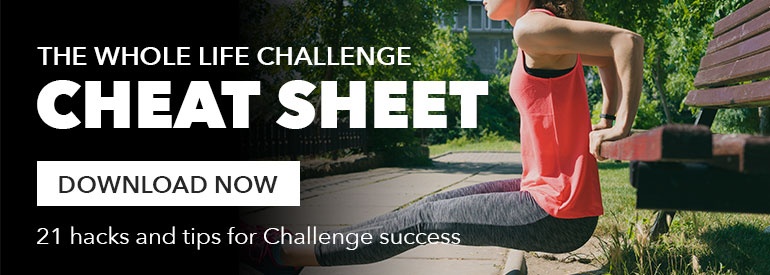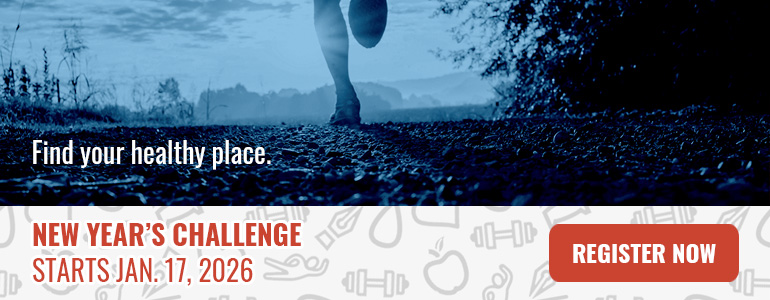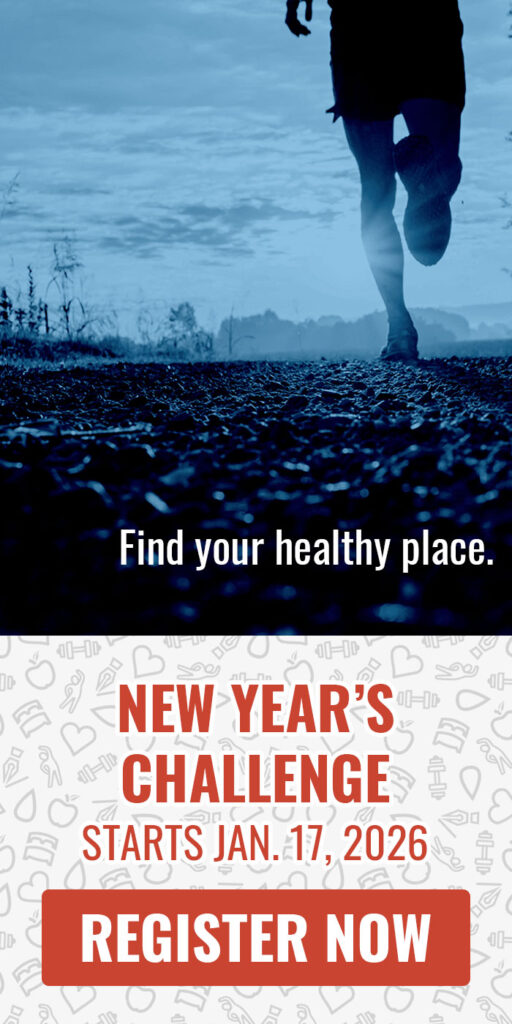 Reading Time: 4 minutes
Reading Time: 4 minutesThe Well-Being Practices are exercises in practical mindfulness — guiding you to pay attention to your thoughts, your relationships, and your automatic actions, and to alter them as needed to live a calmer, more connected lifestyle.
The Well-Being Practices span categories throughout your life, including improving your personal relationships, increasing productivity, doing more of the things you love, serving others, connecting with your thoughts and feelings, expressing gratitude, and examining your relationship with technology.
The end result of each Well-Being Practice will vary for each person, but all of them are aimed at creating personal awareness and mindfulness, allowing you to determine if a given Practice deserves an ongoing place in your life.
Well-Being Practice Examples:
- One of our favorite Well-Being Practices is to limit exposure to social media during mealtimes, when with friends, or completely for a set period of time, helping you understand the impact that constantly checking Facebook, Instagram, and the like can have on your mental state.
- We also like to include a meditative practice in nearly every Challenge, inviting you to be still and spend time with your thoughts, learning for yourself whether this type of activity leads to stress reduction, insight, or other positive outcomes.
- Other Practices include de-cluttering your home, keeping a journal of some sort, reaching out to friends and loved ones, and including gratitude in your thoughts. These are just examples — for a more comprehensive look at potential Well-Being Practices, you can see a comprehensive list of past practices here.
The Well-Being Practice Mindset
There are six Well-Being Practices presented during each Whole Life Challenge, one for each week. Think of them collectively as a “survey course” in potential tools, giving you exposure to a variety of options in areas you may not have explored before. In other words, we’re going to show you a bunch of activities that have improved our lives, and invite you to try them.
Because each Well-Being Practice is an invitation, you don’t necessarily need to try each one — but you’ll still need to perform a Practice of your choice each day of the Challenge to earn your 5 points on the Whole Life Challenge scoreboard. If you decide the announced Well-Being Practice is not for you, then we recommend you replace it with one of our three foundational Well-Being Practices.
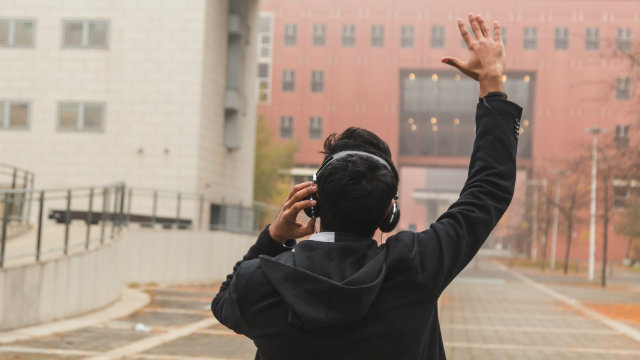
How to Choose Your Well-Being Practices
- Once you choose your Well-Being Practice for the week, stick with it for seven days. The Practices can seem difficult (and perhaps odd) at first, and only through sufficient repetition will you begin to see whether each is benefiting you. Don’t give up early.
- If this is your first or second Whole Life Challenge, try all six Well-Being Practices as presented. This will give you exposure to a variety of approaches to mindfulness, allowing you to properly understand all the options available to you.
- If a Well-Being Practice strikes a nerve, perhaps leading you to want to reject it out of hand, it may be an indication that you need to try it (rather than put it aside). Some of our most profound personal realizations have come from pursuing something we “didn’t want to do” — things like meditating, shutting off our phones, and keeping a daily goals journal.
- The point of the Well-Being Practices is to find one (or two) that you can bring into your everyday life, beyond the bounds of the Challenge, bringing mindfulness to your ongoing experience. As such, treat each potential Well-Being Practice as an adventure. Be conscious about how it might fit into your daily routine if you find it beneficial.
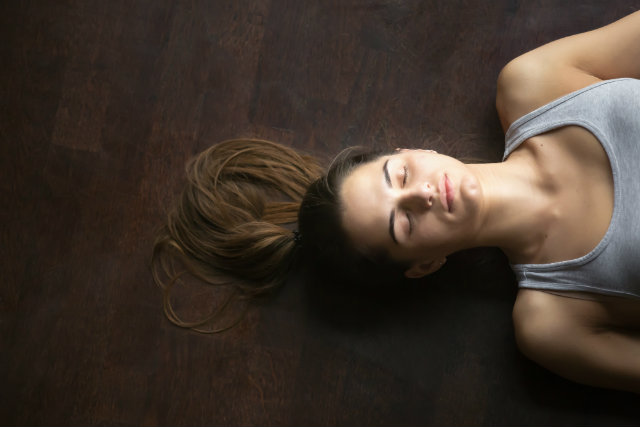
If you’re a Whole Life Challenge veteran, and you’ve adopted a Well-Being Practice that makes a real difference in your life (or would like to concentrate on turning a single Practice into a habit), feel free to pursue the same Well-Being Practice every day for all 42 days. Or, try new Practices for two weeks at a time. Or rediscover the joy of variety by trying all six. The only criteria for our veterans to earn daily points is that you’re choosing one Well-Being Practice each week, and you’re keeping with it for all seven days.


